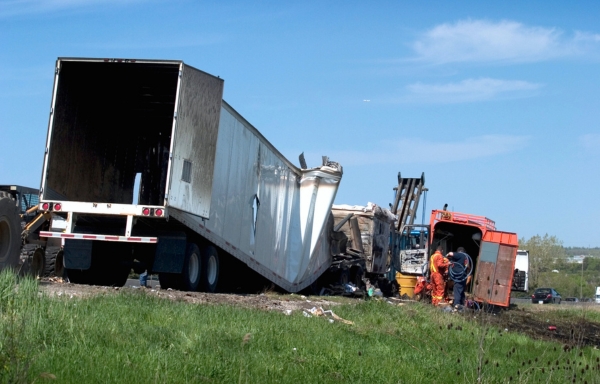Elopement Risk Case Study

Elopement, the unauthorized departure of a resident from a facility or a designated safe area, underscores the importance of individualized safety evaluations of residents in care facilities. An unauthorized absence occurs when a resident leaves the facility or safe area without staff knowledge. Considering each resident’s unique needs, these evaluations are crucial to determining what constitutes a safe area. For example, a front patio may be safe for an alert and oriented resident but not for a resident with dementia.
The risk of elopement is particularly heightened among residents with dementia and/or cognitive impairments; but, it’s important to note that even residents with intact cognitive abilities can elope from a facility or safe area. To manage this risk, facility staff conducts thorough assessments of a resident’s likelihood of elopement upon admission, if there is a significant change in their condition, and on a quarterly and annual basis.
Facilities utilize assessments to determine a resident’s elopement risk. These assessments typically include evaluations of the resident’s condition, ability to walk, medical diagnoses, and other risk factors. Some examples of these risk factors include the resident’s decision-making abilities; communication challenges; recent admission to the facility; history of elopement before or during admission; recent life changes; history of wandering, and their acceptance of their current living situation.
Case Study: Long-Term Care Facility Resident Elopement
Background
An 82-year-old woman (Resident) with moderate Alzheimer’s resided in a rehabilitation center. Resident had lived there for three years, and her condition had been gradually deteriorating. She was known for occasional restlessness in the evening and had a history of wandering within the facility.
Incident
One evening, Resident left the facility unnoticed and undetected by the staff. The elopement was discovered during a routine evening check, when a staff member found her room empty. An immediate search of the premises was initiated, and local authorities were alerted. After two hours of searching, Resident was found deceased approximately half a mile from the facility.
Analysis
Investigation revealed several factors that contributed to the elopement:
- Lack of Assessments: The facility staff failed to recognize Resident’s deterioration and increased wandering. They also failed to complete an elopement risk assessment upon the change in her condition.
- Lack of Supervision: Staff were less vigilant during shift changes, providing an opportunity for Resident to leave unnoticed.
- Inadequate Application Security Measures: The facility had a wander management system to monitor residents with identified elopement risks. These systems typically involve transmitter bracelets that emit unique radio frequency signals. If a resident wearing one of the transmitter bracelets approaches a detection device installed near an exit, an alarm alerts staff of their attempt to leave the area. Some of these systems are also capable of employing door locks to further secure an area and prevent elopement. Since the facility staff had failed to re-assess and identify Resident’s heightening elopement risk, she was never assigned a transmitter bracelet to wear.
- Environmental Triggers: Resident was particularly agitated during the evening shift. The additional noise and activity during the shift change may have exacerbated her agitation.
Conclusion
Upon reviewing the provided materials, Stacy L. Donnelly, RN, BSN determined that the rehabilitation center failed to follow the standard of care for resident assessments, particularly regarding identification of risks, adequate development and implementation of a care plan, and supervision. Nurse Donnelly additionally noted the facility staff’s failure to utilize the wander management system, which was already in place, to account for Resident’s whereabouts.
Stacy L. Donnelly, RN, BSN addresses the adequacy of care provided in various healthcare settings. The scope of her investigations frequently involves evaluating medical records, testimony, administrative policies and procedures, the level of care provided by healthcare professionals, and/or the maintenance and custodial practices of healthcare facilities.
Stacy L. Donnelly, RN, BSN
Nursing and Nursing Home Expert
View all articles by Stacy L. Donnelly, RN, BSN

